Home>Ideas and Tips>How To Organize And Display Family Heirlooms
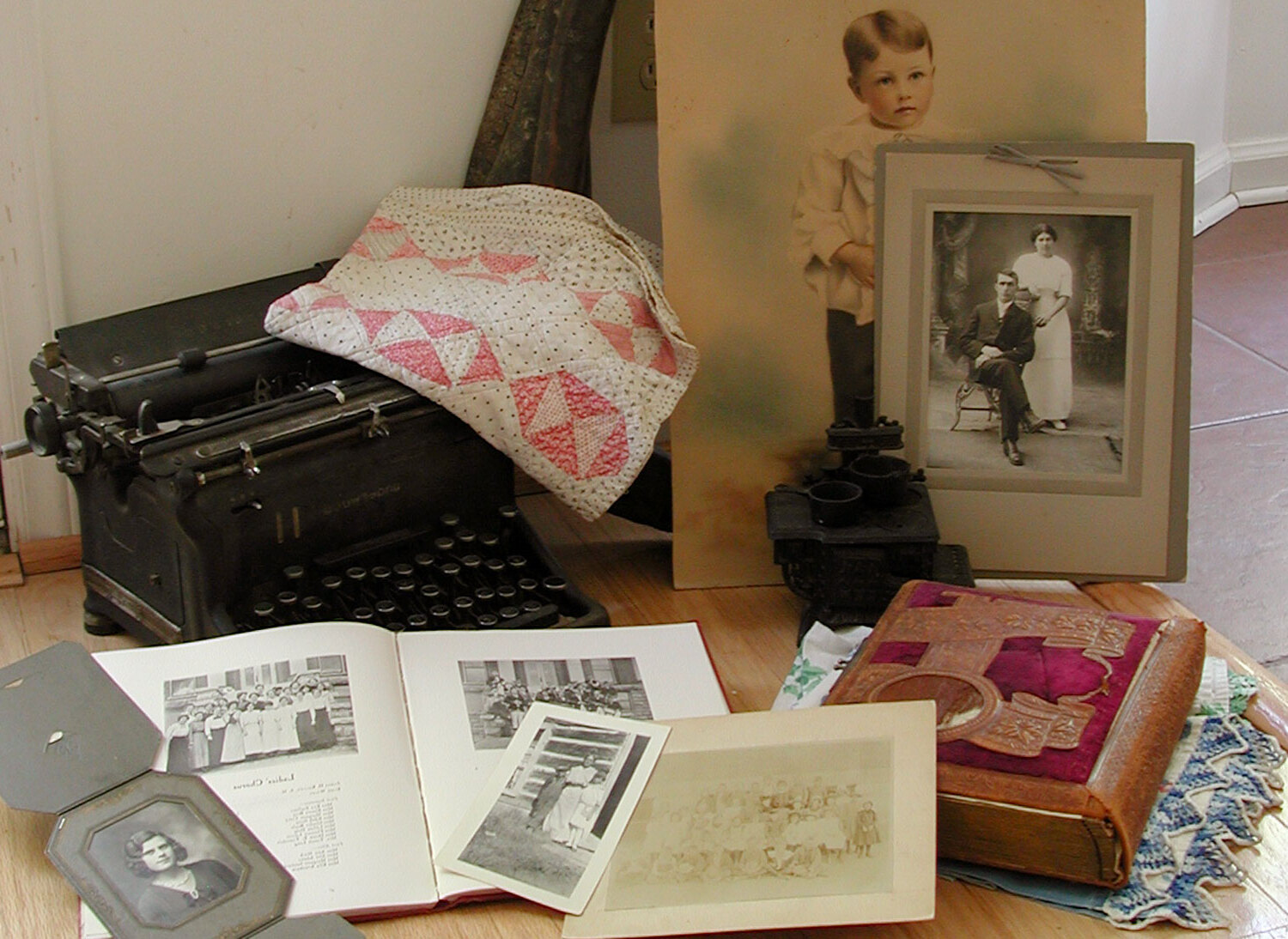

Ideas and Tips
How To Organize And Display Family Heirlooms
Published: November 1, 2024
Learn how to organize and display family heirlooms to preserve their sentimental value and keep your family's history alive for generations.
(Many of the links in this article redirect to a specific reviewed product. Your purchase of these products through affiliate links helps to generate commission for Storables.com, at no extra cost. Learn more)
Family heirlooms are more than just treasured possessions; they are tangible links to our past, carrying with them stories, memories, and a sense of heritage. Whether it's a grandmother's quilt, a grandfather's watch, or a collection of family photographs, these items hold significant sentimental value and often have historical or monetary worth. However, as our homes evolve and our lives become busier, it's easy for these precious items to get lost or overlooked. In this article, we will explore various ways to organize and display family heirlooms effectively, ensuring they remain an integral part of your family's history.
Understanding Family Heirlooms
Before we dive into the practical aspects of organizing and displaying family heirlooms, it's essential to understand what they are and why they are important. Heirlooms are pieces or collections that remain in a family over generations because of their historical significance or sentimental value. These items can include jewelry, furniture, photographs, and even clothing. The most crucial aspect of an heirloom is that it represents a piece of memory given in love.
Read more: Organizing And Preserving Family Heirlooms
Types of Heirlooms
Family heirlooms come in various forms:
- Jewelry: Often passed down through generations, jewelry can be a significant part of family history. It may include pieces like grandmother's earrings, grandfather's watch, or even wedding rings.
- Furniture: Antique furniture pieces like grandfather clocks, dining tables, or armchairs can be invaluable.
- Photographs: Family photographs are a common type of heirloom. They capture moments in time and provide visual connections to the past.
- Clothing: Wedding dresses, uniforms, and christening gowns are examples of clothing that can be treasured family heirlooms.
- Documents: Birth certificates, marriage certificates, and other important documents can also be considered heirlooms.
Organizing Family Heirlooms
Organizing family heirlooms is crucial for preserving their condition and ensuring they remain accessible for future generations. Here are some steps you can take:
Paper Documents
- Sorting: Sort the documents by family member, surname, size, or type (vital records, military papers, school memorabilia).
- Storage: Use acid-free paper or Mylar envelopes to protect documents from moisture and light. Place them flat in file boxes to prevent damage.
- Inventory: Create an inventory of the documents, including details such as who owned it originally, when it was made, and any associated family stories.
Photographs
- Sorting: Organize photographs by family, date, subject, event, place, photographer, or size/type of image.
- Storage: Store prints in sleeves or envelopes made of archival-grade paper or clear plastic. Place rare prints in individual sleeves and store them vertically in same-sized archival boxes.
- Digital Backup: Consider scanning or photographing your photos to create digital backups for easy preservation and sharing.
Clothing and Fabrics
- Storage: Store clothing items like wedding dresses in muslin garment bags with wooden hangers wrapped in polyester quilt batting for support. Avoid using plastic or vinyl garment bags as they can damage the fabric.
- Inventory: Keep an inventory of clothing items, including details about their history and any associated family stories.
Jewelry
- Storage: Keep jewelry in velvet or satin-lined boxes to prevent tarnishing. Wrap silver jewelry in tissue paper or keep it in a cloth bag to reduce tarnishing.
- Display: Consider displaying jewelry in a display case or on a velvet-covered tray to add a touch of elegance.
Displaying Family Heirlooms
Displaying family heirlooms is an excellent way to keep them visible and appreciated. Here are some creative ways to display your treasured possessions:
Turn Heirlooms into Décor
- Frames: Hang handmade pieces like letters, postcards, and quilts in frames where they can be appreciated. You can also frame weapons like knives or pistols to preserve them and make them visible.
- Surface Integration: Use photos directly on surfaces like side tables or plates by gluing them down. This integrates the photos into the actual furniture of the home.
- Wearable Heirlooms: Transform expensive dishware into wearable pieces like necklaces, earrings, rings, keychains, etc. This way, you can wear your family history every day.
Read more: How To Display Family Photos Without Clutter
Create a Gallery Wall
- Curated Collection: Display a curated collection of family photos, artwork, and memorabilia on a gallery wall. Mix old photographs with newer ones to tell a visual story of your family’s history.
- Modern Frames: Use modern frames and a consistent color scheme to bring cohesion to the display. This helps in creating a balanced and eclectic style that blends antique items with contemporary furnishings.
Repurpose and Integrate
- Textiles: Transform old family textiles like quilts or embroidered linens into modern decor items like throw pillows or wall hangings.
- Vintage Dishes: Use vintage dishes or silverware for special occasions, integrating them into a contemporary table setting for a unique and stylish touch.
Special Occasions
- Teacup Sets: Use teacup sets as Christmas tree ornaments, fancy candles, napkin rings, or to hold back curtains.
- Musical Instruments: Display musical instruments as décor pieces in places like the living room but definitely shine when they are played and used to entertain as they were intended to.
Preserving and Storing Family Heirlooms
Preserving and storing family heirlooms is crucial for their longevity. Here are some tips:
Paper Documents
- Protection from Moisture: Protect documents from moisture by storing them in Mylar or acid-free paper envelopes. Place them flat in file boxes to prevent damage.
- Avoid Folding: Avoid folding or stapling documents as this can cause damage over time. Remove staples using a pencil eraser and gently pry them out with a letter opener.
Clothing and Fabrics
- Special Preservation Boxes: Store clothing items in special preservation boxes containing tissue, muslin stuffing, moth balls, or cedar chips to prevent damage from moisture and pests.
- Avoid Hanging Heavier Items: Avoid hanging heavier items that could potentially stretch out and tear. Use plastic padded hangers but avoid hanging items that are too heavy.
Photographs
- UV Protection: Frame photographs with glass that offers UV protection if you’re keeping them out on display. Store photos flat in sturdy boxes with acid-free tissue between them to prevent damage from temperature and humidity changes.
Jewelry
- Velvet or Satin-Lined Boxes: Keep jewelry in velvet or satin-lined boxes to prevent tarnishing. Wrap silver jewelry in tissue paper or keep it in a cloth bag to reduce tarnishing.
Modernizing Family Heirlooms
Modernizing family heirlooms involves finding ways to integrate these cherished pieces into your current living space while aligning with contemporary design trends. Here are five tips:
Reupholster and Refinish
- Update Furniture: Update old furniture by reupholstering chairs and sofas with modern fabrics that complement your home’s color scheme.
- Refinish Wooden Pieces: Refinish wooden pieces to give them a fresh, contemporary look. Consider using lighter or darker stains, or even painting them in a modern color.
Mix Old and New
- Blend Antique Furniture: Blend antique furniture with modern pieces to create a balanced and eclectic style. This prevents the space from feeling too dated or overly traditional.
- Pair Vintage Accessories: Pair vintage accessories like lamps or mirrors with contemporary furnishings to create a harmonious contrast.
Read more: How To Display Family Photos Without Clutter
Create a Gallery Wall
- Curated Collection: Display a curated collection of family photos, artwork, and memorabilia on a gallery wall. Mix old photographs with newer ones to tell a visual story of your family’s history.
- Modern Frames: Use modern frames and a consistent color scheme to bring cohesion to the display.
Repurpose and Integrate
- Transform Textiles: Transform old family textiles like quilts or embroidered linens into modern decor items like throw pillows or wall hangings.
- Use Vintage Dishes: Use vintage dishes or silverware for special occasions, integrating them into a contemporary table setting for a unique and stylish touch.
Update Lighting Fixtures
- Replace Outdated Fixtures: Replace outdated light fixtures with more modern and energy-efficient options. This can significantly impact the overall look and feel of a room.
- Incorporate Vintage Chandeliers: Incorporate vintage chandeliers or pendant lights as statement pieces, adding a touch of nostalgia in a contemporary setting.
Conclusion
Organizing and displaying family heirlooms is not just about preserving their physical condition; it's also about keeping their stories alive. By following these tips on organizing, displaying, and preserving your family's treasured possessions, you ensure that they remain an integral part of your family's history for generations to come. Whether you choose to turn them into décor pieces, create a gallery wall, or repurpose them into modern decor items, the key is to strike a balance between preserving the sentimental value and adapting them to your current design preferences.
Was this page helpful?
At Storables.com, we guarantee accurate and reliable information. Our content, validated by Expert Board Contributors, is crafted following stringent Editorial Policies. We're committed to providing you with well-researched, expert-backed insights for all your informational needs.
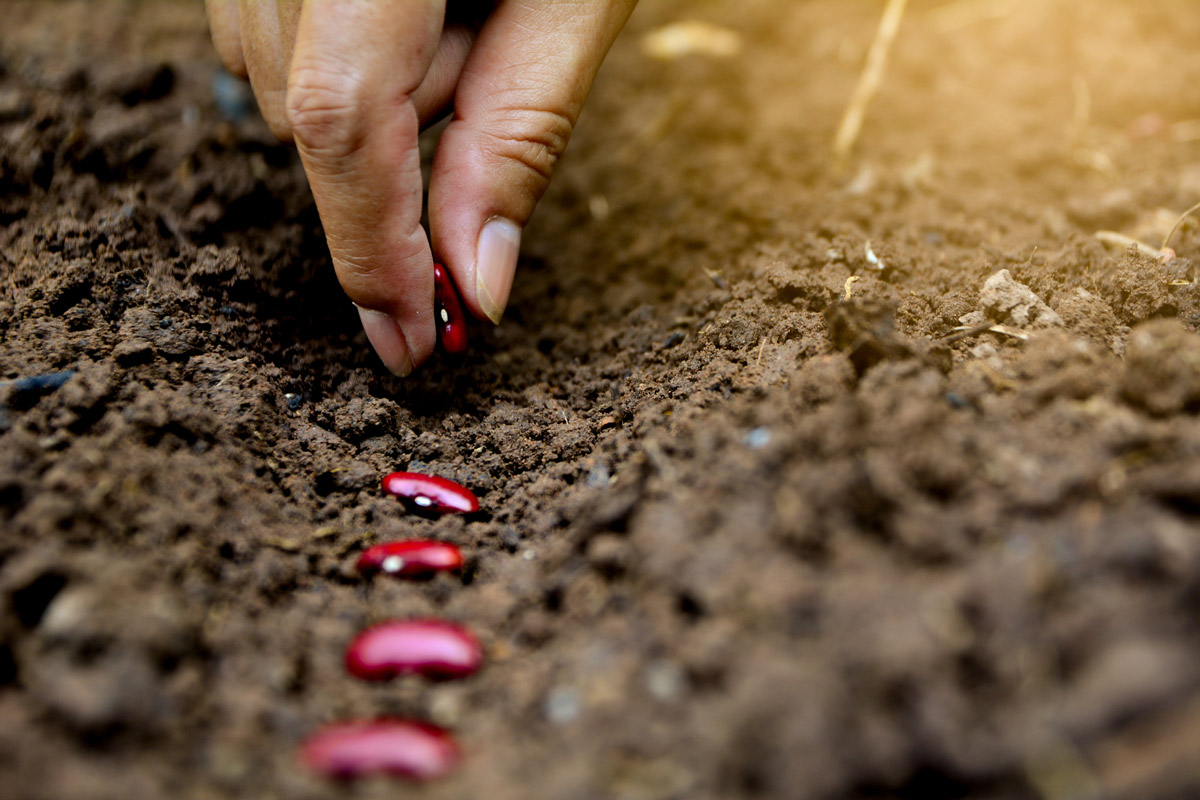
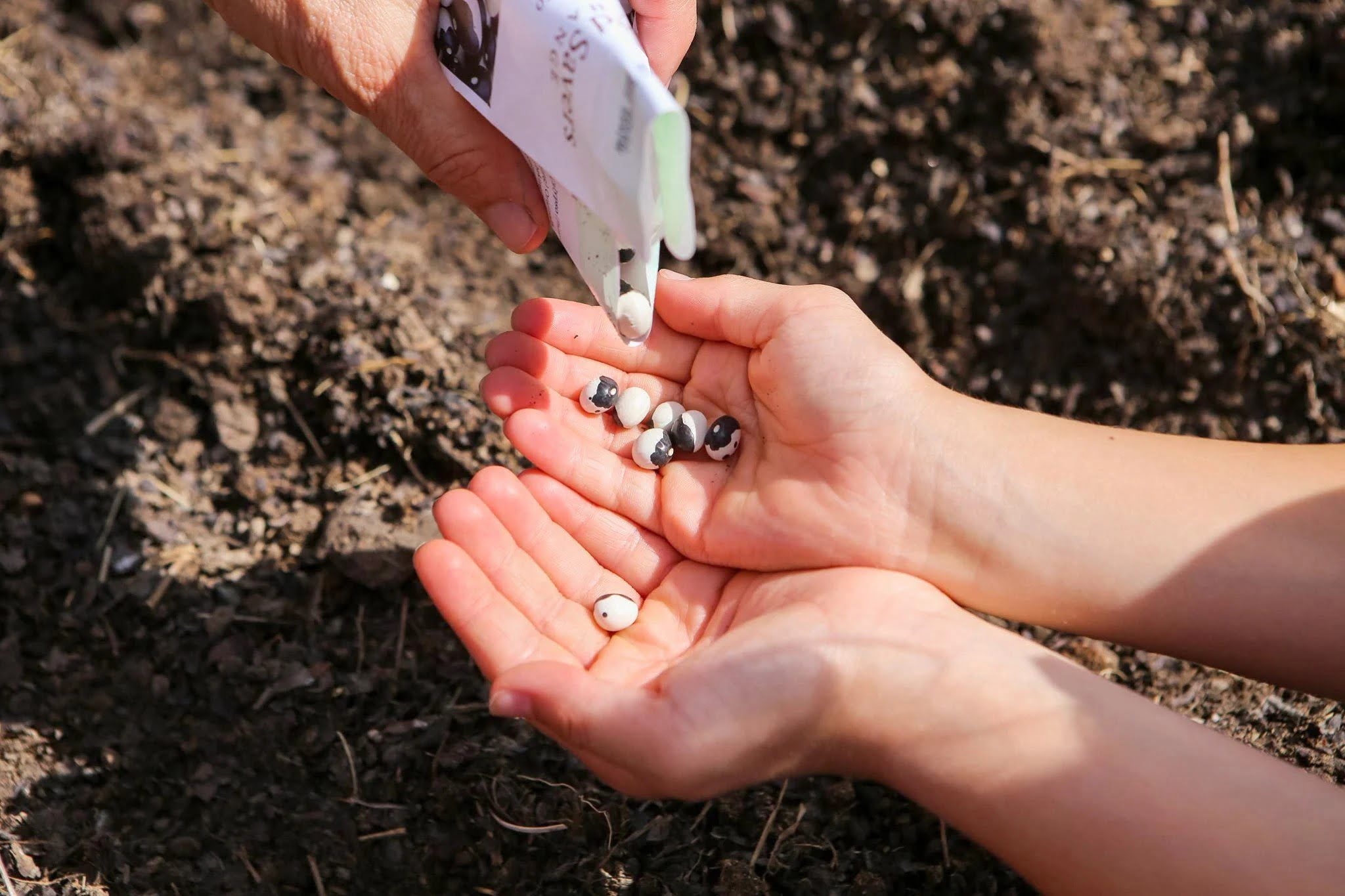
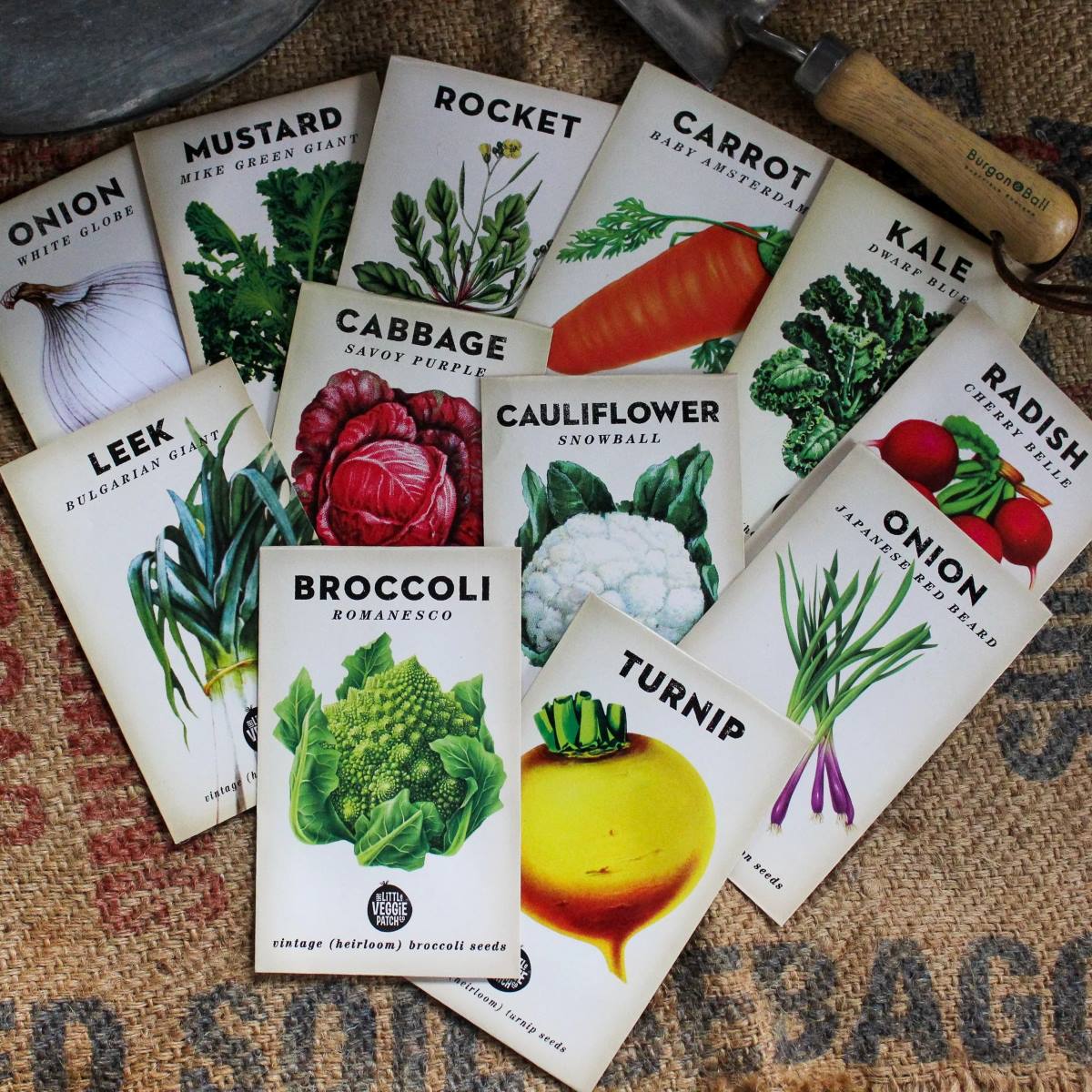
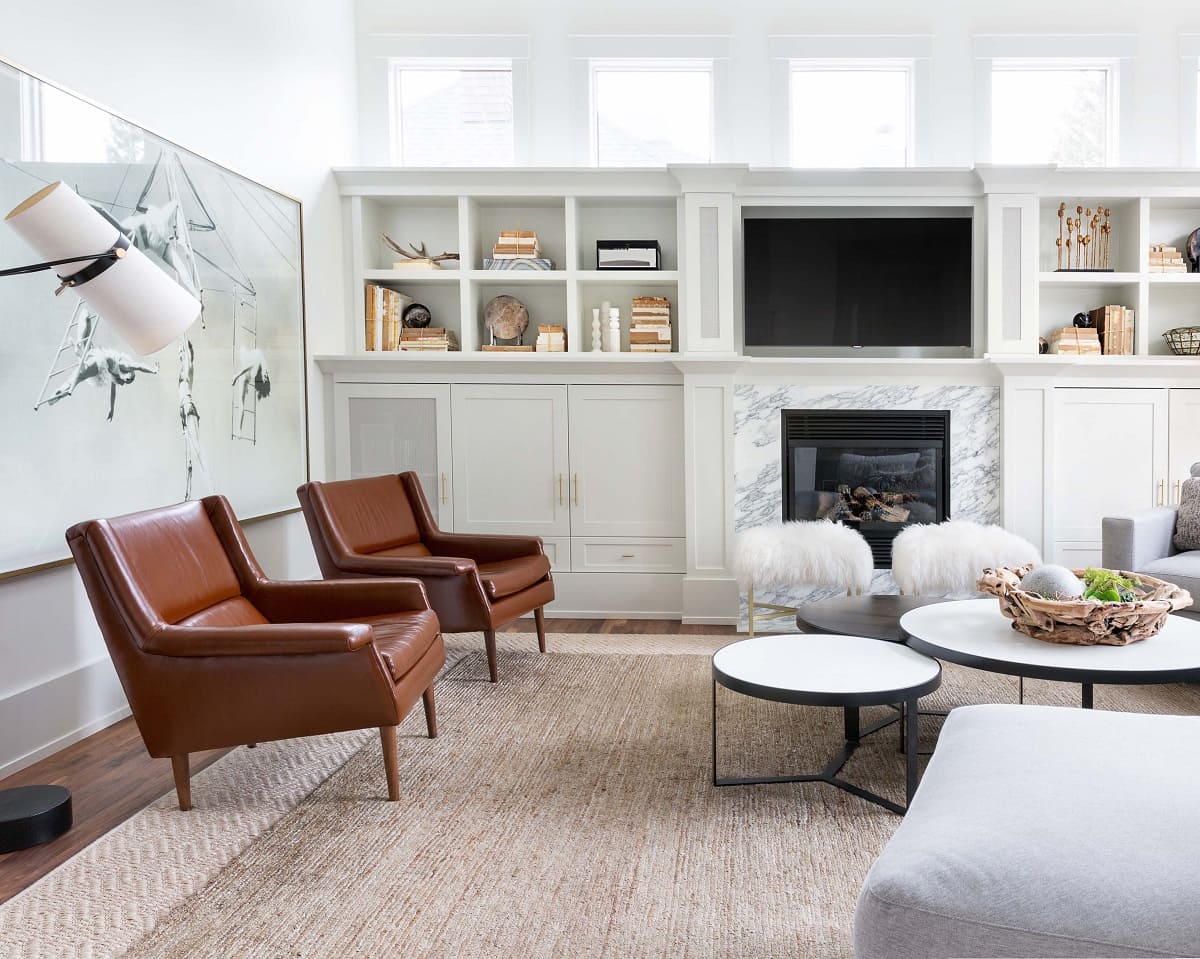
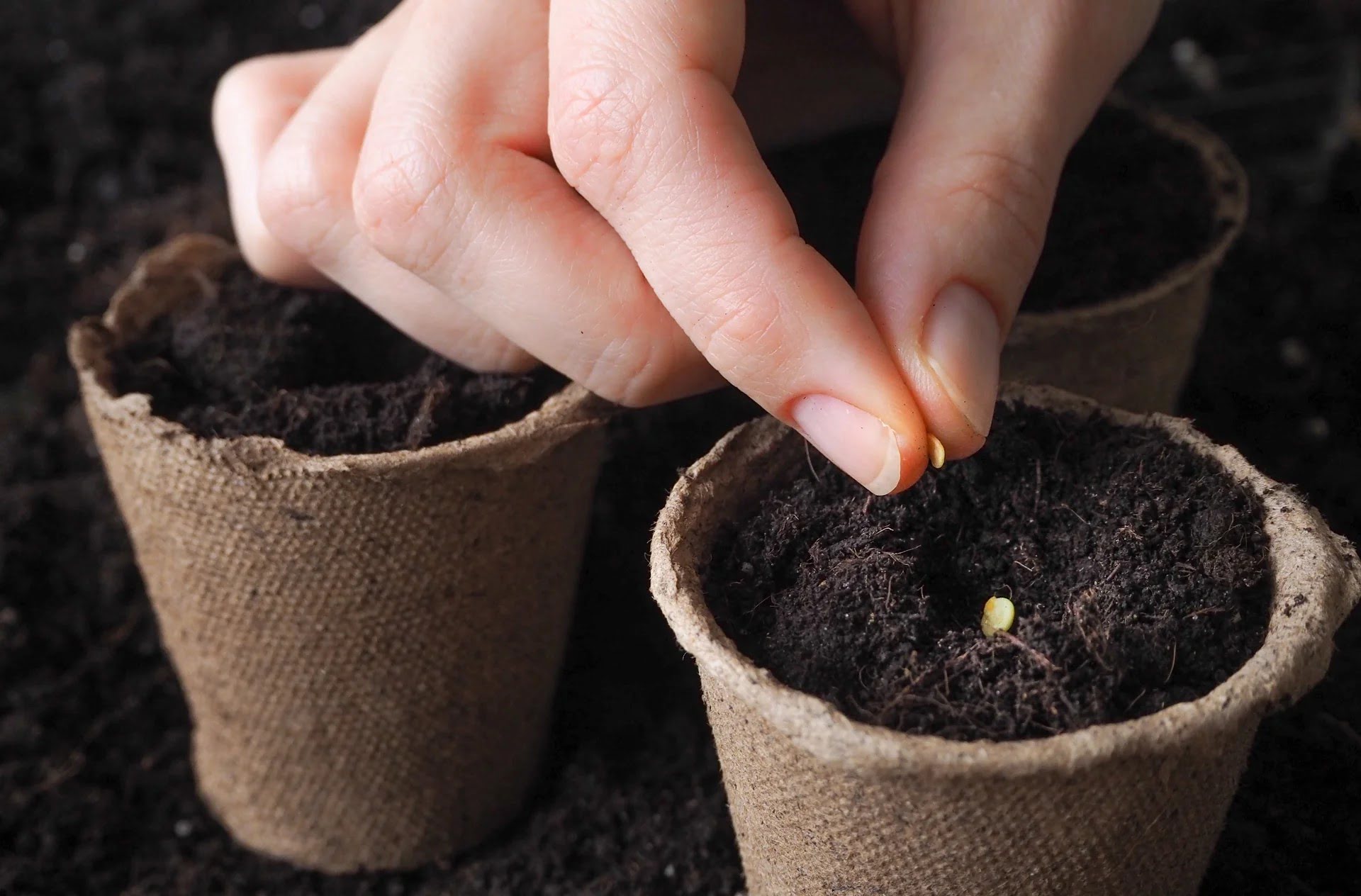
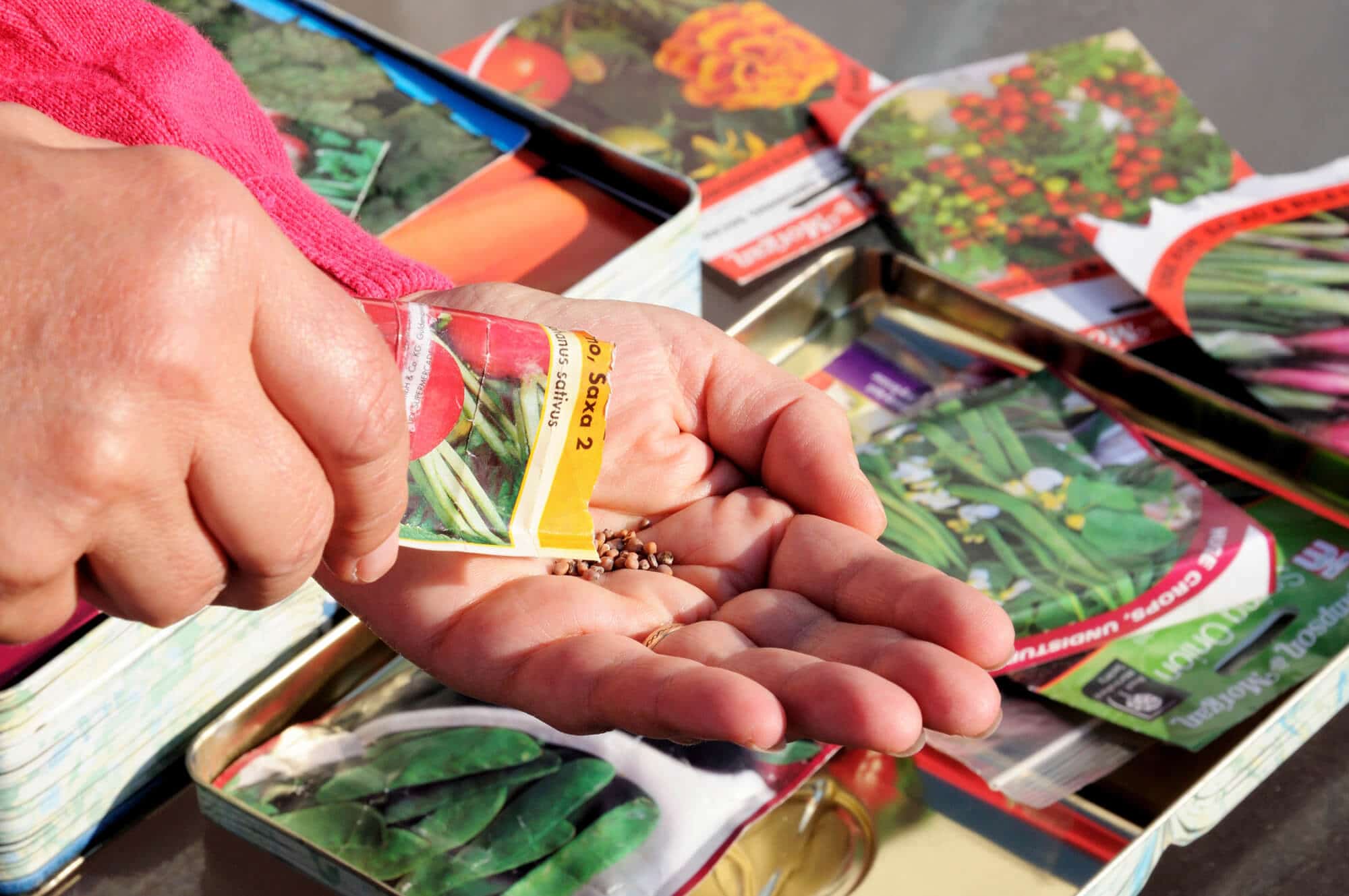
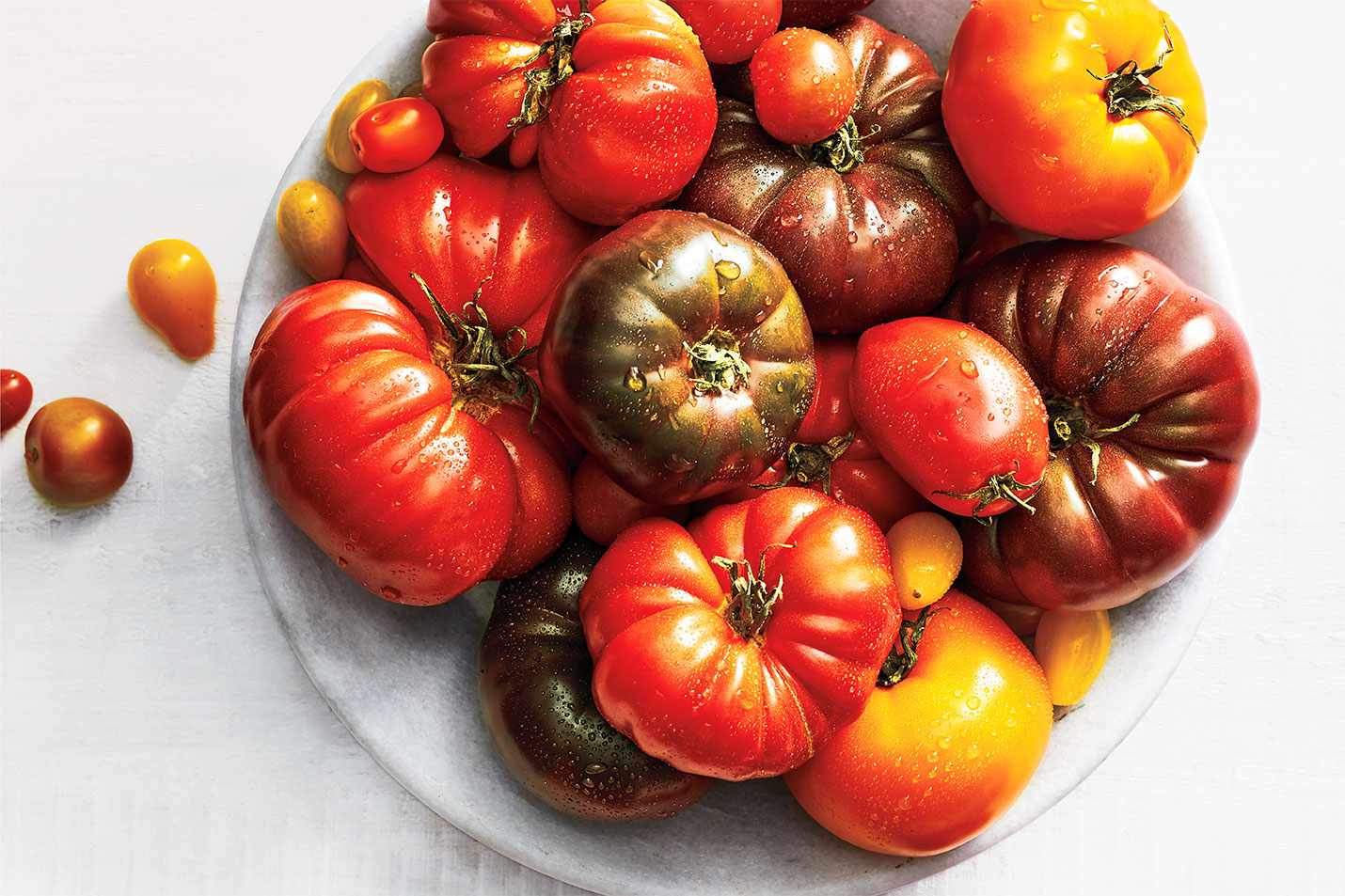
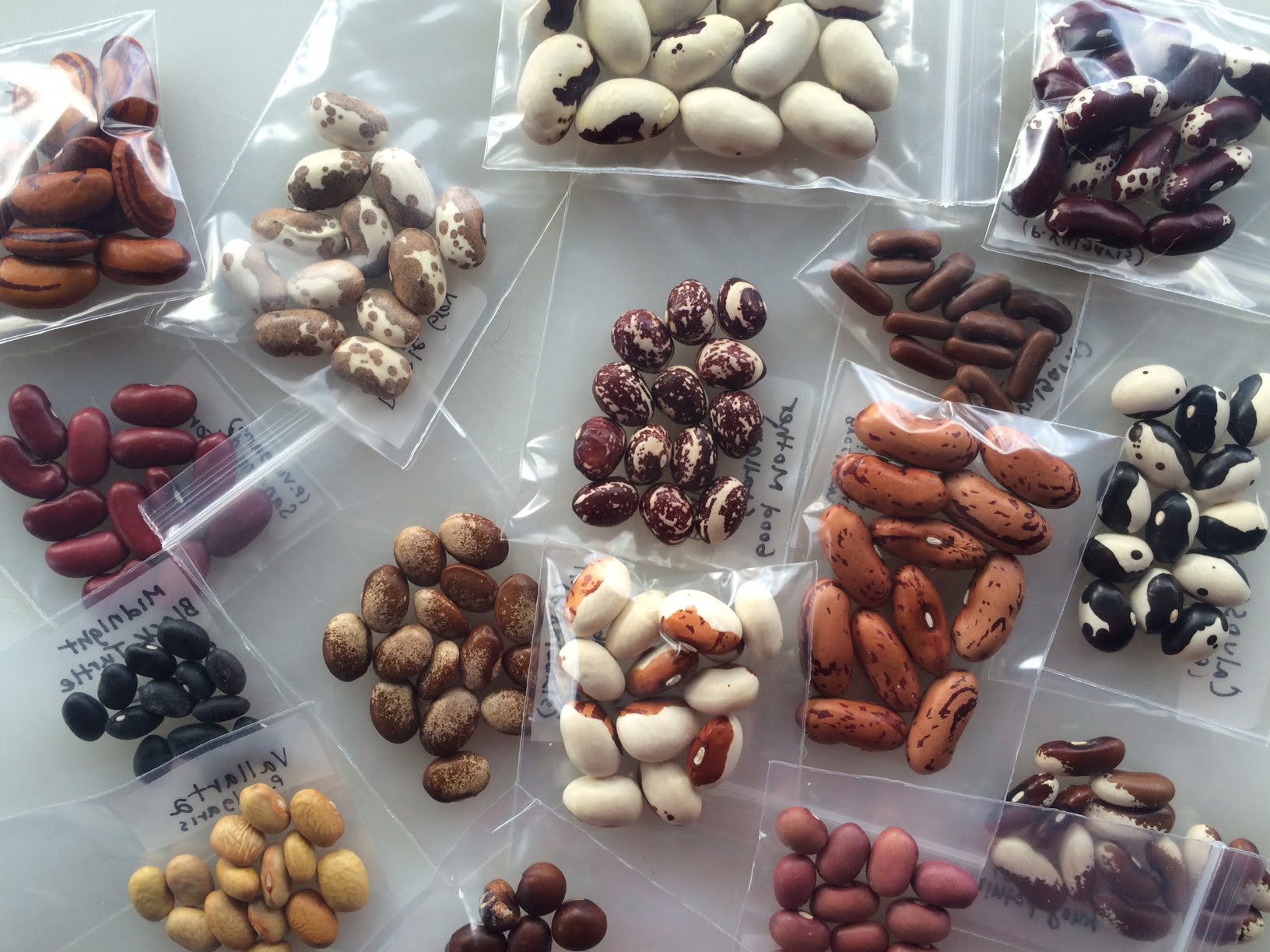
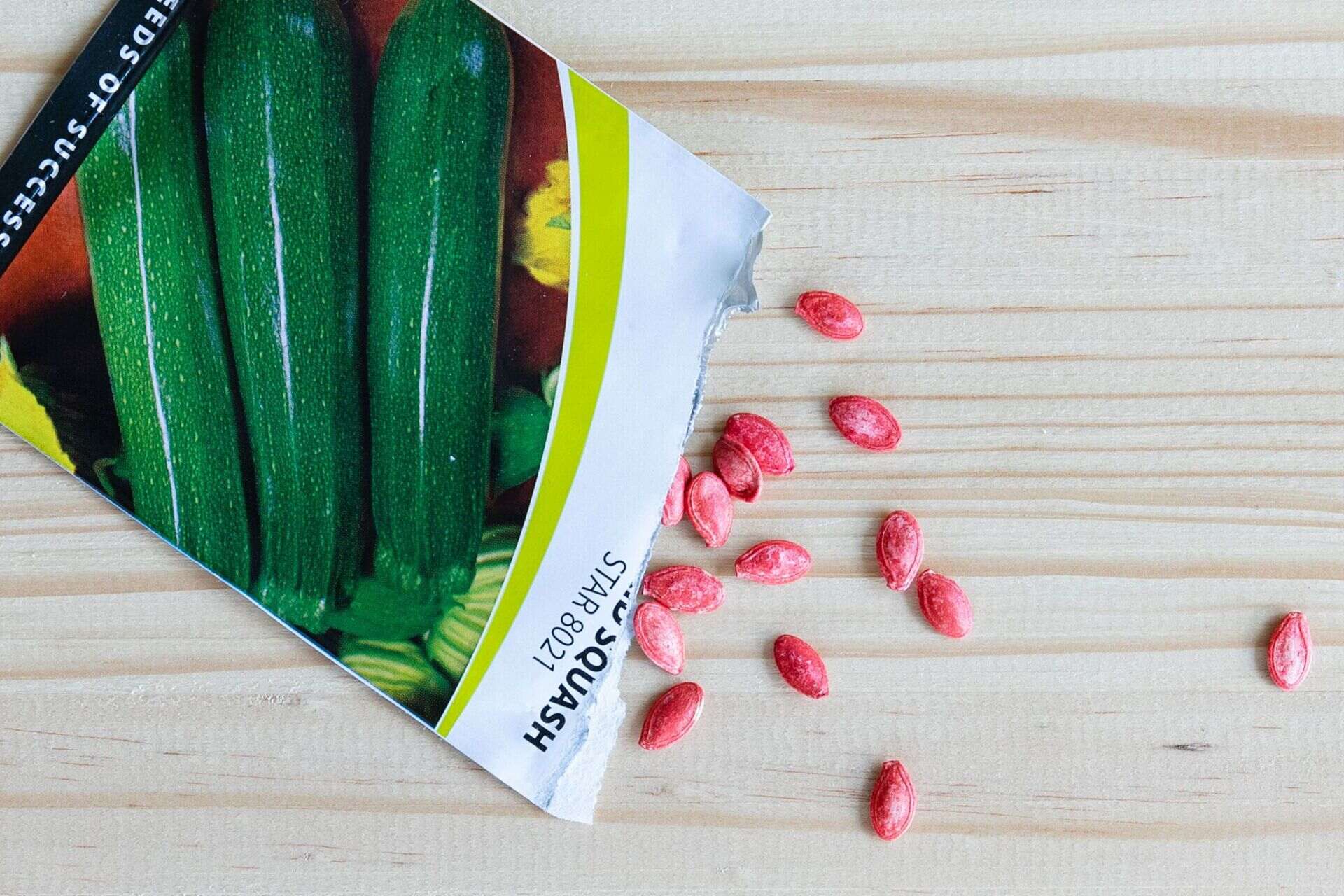
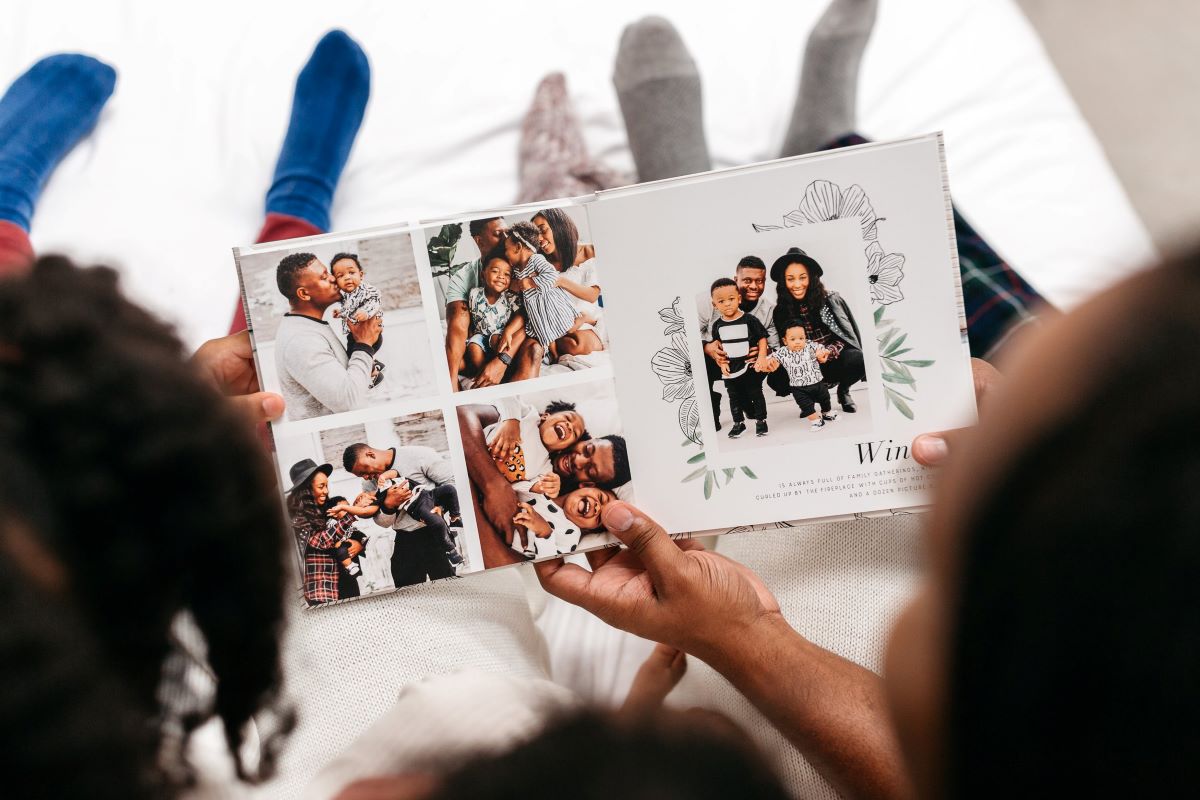

0 thoughts on “How To Organize And Display Family Heirlooms”